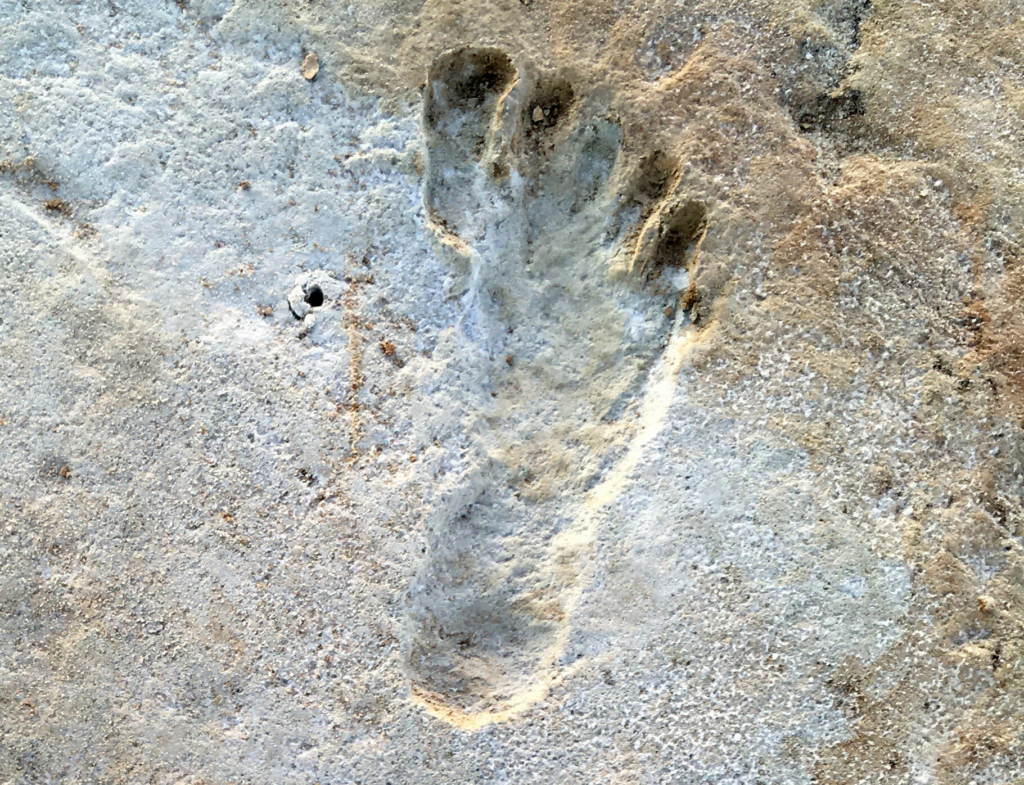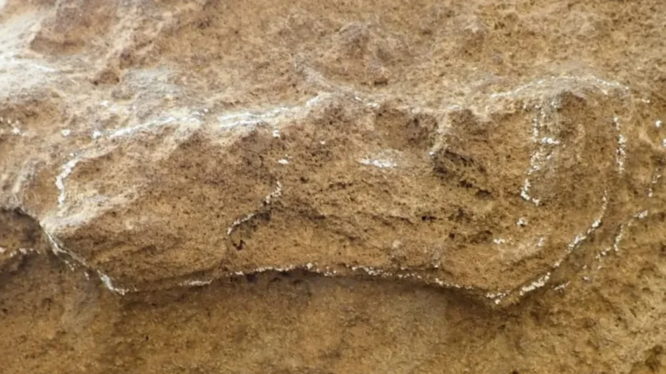It is rare for a single scientific revelation to alter our understanding of the entire history of humanity.
A newly discovered ancient footprint indicates that humans were walking approximately 30,000 years earlier than previously believed.
The discovery of a 153,000-year-old footprint in South Africa demonstrates that bipedal Homo sapiens inhabited the region.
The footprints are older than the previous earliest discoveries, which were found in adjacent areas and dated to 124,000 years ago.
The discoveries were made feasible by the optically-stimulated luminescence dating technique, which determines the length of time since a particle of sand was exposed to sunlight.

It was found near Knysna in the Garden Route National Park.
Charles Helm of Nelson Mandela University and Andrew Carr of the University of Leicester wrote in the Conversation, “The situation will be very different in 2023. It appears that individuals were not searching diligently enough or in the correct locations.
“As of today, 14 dated hominin ichnosites (a term that includes both tracks and other traces) older than 50,000 years have been discovered in Africa.”
Given that relatively few skeletal hominin remains have been discovered on the Cape coast, the traces left by our human progenitors as they traversed ancient landscapes are a useful method to complement and expand our knowledge of ancient hominins in Africa.
Given the composition of the soil, the scientists involved believe that the region could be home to numerous revelatory discoveries.
They wrote, “We suspect that additional hominin ichnosites await discovery along the Cape South Coast and elsewhere along the coast.”
“The investigation must also be expanded to include older deposits in the region, spanning in age from 400 000 to 2 000 000 years.
In ten years, we anticipate that the list of ancient hominin ichnosites will be much longer than it is today, and that scientists will be able to learn a great deal more about our ancient progenitors and the environments they inhabited.

